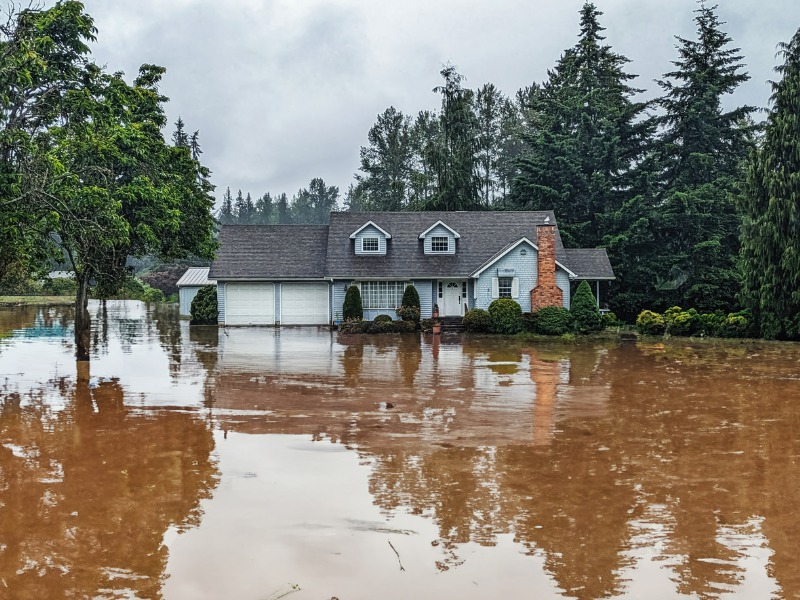Insurers bring Cat claims in-house: How independent adjusters adapt

Some major Canadian P&C insurers are bringing claims processes in-house, arguing it results in a better customer experience, cost efficiencies and consistent claims-handling.
But that doesn’t mean the end is near for independent adjusters (IAs). They see a bright future for handling highly specialized claims, as well as losses in particular locations and during periods of high Cat activity.
The increased frequency and severity of NatCats in Canada means more carriers are trying out Cat team models using company adjusters. How extensively insurers move processes in-house or create Cat teams, though, varies by carrier.
For Travelers Canada, the number is 100%. The turning point followed Hurricane Sandy in late 2012.
“It was a very common practice at the time for independent adjusters to be used as flex to extend your claims time,” Travelers Canada president and CEO Heather Masterson said during Insurance Brokers Association of Ontario’s annual convention last year.
“What we found was that we could not do our claimants justice and service and turn around their needs in a timely fashion. As a result, we took 100% of that in-house and that’s what we do today.”
Consistency counts
Moving claims handling to company adjusters provides consistency, a high degree of control over the process, and improved customer satisfaction, Masterson reported.
“After a Cat event, our customer satisfaction survey results increase about 10%,” she says. “They don’t dip, they actually increase.”
Aviva Canada handles most claims in-house. “It gives us more control throughout the claims process to ensure a better customer experience, quality of work and service, turnaround time and cost,” said Michelle Li, the insurer’s vice president of planning, performance and business partnering for claims.
Aviva said it sees better customer service — measured by higher net promoter scores — for claims handled in-house.
Future for IA?
One independent adjuster who talked to CU about the in-house trend wondered if insurers factor mishandled claims costs into the equation.
For example, he said he’s heard about instances in which inexperienced examiners handled claims files, in which losses were paid, but there was no coverage. He also cited the example of an insurer handling a claim unsuccessfully, leading it to turn the file over to an IA.
Aviva still works with external claims partners based on need. That includes claims requiring niche technical expertise, or help during periods of high volume, such as a Cat event.
Wawanesa Insurance also has a ‘mixed strategy,’ using both company and independent adjusters, a spokesperson told Canadian Underwriter.
Like Aviva, Wawanesa uses IAs to augment its own staff during surge events, such as catastrophes. And it uses IAs for claims that require specific expertise, such as with certain farm equipment, or for location presence.
New NatCats approach
Increasingly, carriers appear to be trying Cat team models using in-house adjusters, said Kyler Hart-Moore, president and executive general adjuster with IA firm Laurin Adjusters Ltd. in Grande Prairie, Alta. “This seems to be trending upwards over the past couple years.”
But Hart-Moore said that doesn’t necessarily spell the end for independent adjusters. While the trend does affect the IA community, he argued IAs’ diversification and specialization in loss varieties, as well as Cat response expertise, will be an essential support to in-house claims departments.
“The IA community still benefits from Cat events, since there seems to be no financially responsible scenario where a carrier can be 100% ready for any given event at any given time,” Hart-Moore added.
IAs are generally known for specializing in certain claims types, such as assignments on multi-exposure losses, specialized risks, losses on subscription policies, losses involving fatalities, or those involving liability exposures. They are also usually located in more rural regions that lack in-house claims departments.
Jim Matheson, president and general manager with IA firm Marsh Adjustment Ltd. in Bedford, N.S., agreed there’s a future for IAs but acknowledges it’s a changing industry.
“We have claims for some municipalities in various areas of Nova Scotia, and those are great for keeping our company going. But it’s certainly been tough the past five years, the toughest of my career,” said Matheson, who’s been in the industry for 45 years. “The reality is, yes, we’re seeing less claims.”
He questions whether certain local claims, such as total losses in Nova Scotia, can effectively be handled over the phone.
“I’ve heard of examiners handling Nova Scotia claims from B.C…total loss house fires being handled by phone,” Matheson said. “I believe face-to-face is just a much better way, much more effective and, I think, a better experience for the client. You build a rapport with people.”
This story is excerpted from one that appeared in the December 2023 -January 2024 print edition of Canadian Underwriter. Feature image by iStock.com/jhorrocks







